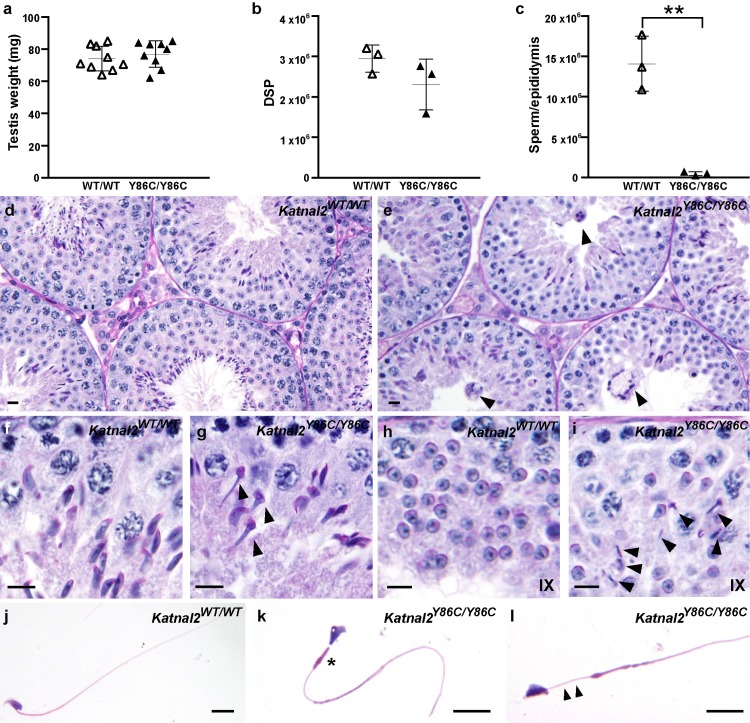Fig 2. Spermatogenic defects in Katnal2Y86C/Y86C mice.
(a). Testis weight in Katnal2WT/WT (white triangles) and Katnal2Y86C/Y86C (black triangles) mice (n = 9/group). Daily sperm production (DSP) in the testes (b) and total epididymal sperm content (c) of Katnal2WT/WT (white triangles) and Katnal2Y86C/Y86C (black triangles) mice (n = 3/group). Total epididymal sperm content was reduced by 96.5% in Katnal2Y86C/Y86C compared to Katnal2WT/WT. In a–c, lines represent mean ± SD, ** p<0.01 compared to Katnal2WT/WT. (d–i) Periodic acid Schiff’s (PAS) stained testis sections from Katnal2WT/WT and Katnal2Y86C/Y86C mice. Genotype is indicated in the top right-hand corner. Multinucleated symplasts (arrowheads) were frequently observed in the Katnal2Y86C/Y86C seminiferous epithelium (e). (f–g) Elongating spermatids in Katnal2WT/WT versus Katnal2Y86C/Y86C mice. Abnormal nuclear (club-shaped) morphology of spermatids (arrowheads) was frequently observed in Katnal2Y86C/Y86C mice. (h–i) Spermiation in Katnal2WT/WT versus Katnal2Y86C/Y86C mice. At the cessation of spermatogenesis, retained elongated spermatids (arrowheads) were frequently observed in stage IX tubules of Katnal2Y86C/Y86C (i) but were rarely observed in Katnal2WT/WT (h) mice. (j–l) Cauda epididymal sperm morphology in Katnal2WT/WT and Katnal2Y86C/Y86C mice. Katnal2Y86C/Y86C sperm frequently displayed abnormal (asterisk) or absent (arrowheads) mitochondrial mid-pieces. Sperm heads were often abnormally shaped. Scale bars in d–l = 10μm.

